
If you’ve ever visited a roastery (or even just scanned the coffee aisle at your local grocery store), you know how many varieties of coffee beans exist—and how many countries grow it.
We’re going to explore how coffee differs around the world. Over 50 countries produce the beloved bean, and each area has a distinguishable flavor. We’ll break down the characteristics of different beans from 10 of the top coffee-producing countries.
Psst! Love coffee? Check out Atlas Coffee Club. This trendy subscription service sends you a bag of coffee from a different country every few weeks. Get ready to taste the world!
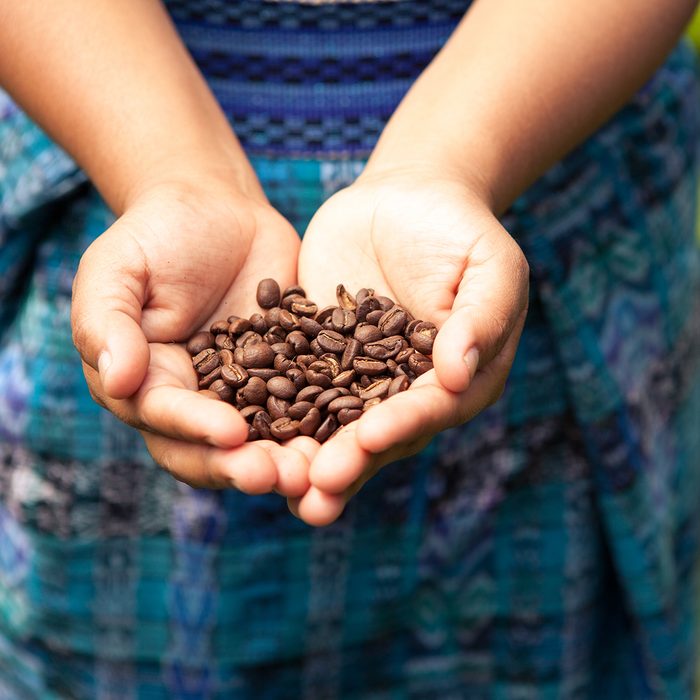
Guatemala
Coffee from this Central American country is well-balanced with bright acidity. You’ll find Arabica beans with a sweet, chocolaty flavor. We sourced beans from Guatemala for our Test Kitchen-approved coffee blend. Find it here.
Notable variety: Guatemala Antigua Coffee
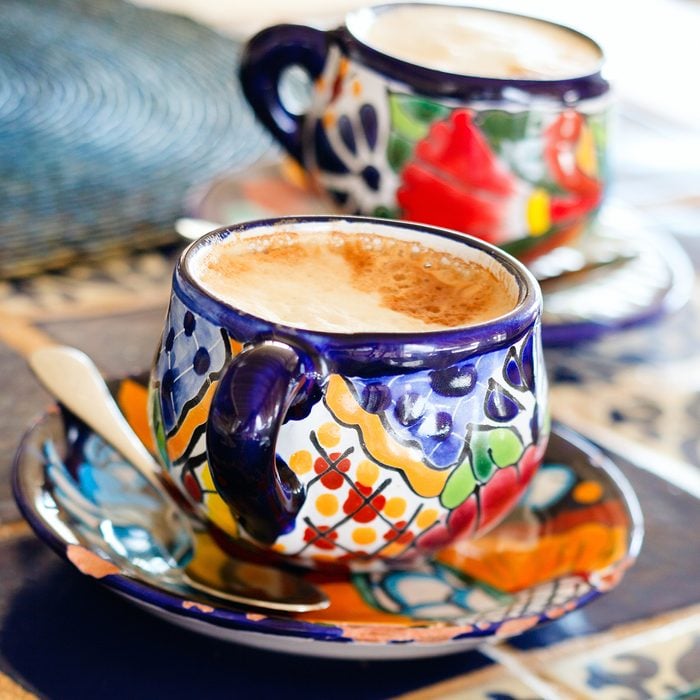
Mexico
Mexico’s rich location and natural resources make it the perfect spot for growing mostly Arabica beans. This coffee has low acidity, with a light, nutty flavor. For a traditional twist, try brewing your coffee with cinnamon.
Notable variety: Mexican Chiapas Coffee

Uganda
Uganda grows both Robusta and Arabica beans, with the latter famous for its sweet, citrusy flavor. When brewed, you’ll find tones of nougat, stone fruits and berry. Now all you need to know is the best time to drink your cup of joe.
Notable variety: Ugandan Bugisu Coffee
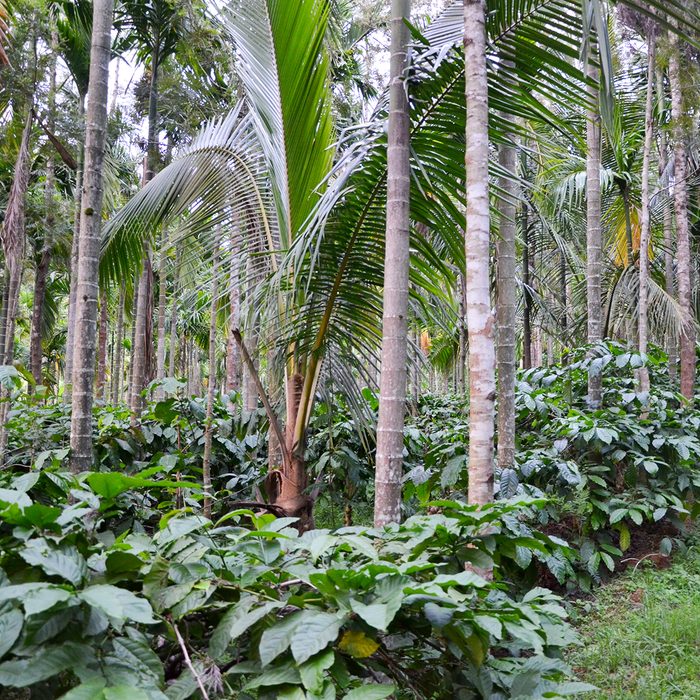
India
Coffee in India is typically grown in the shade next to spices or fruits, giving the beans a distinct flavor. It’s rich, sweet and full-bodied. Next stop: Cold brew. Here’s how to make it at home.
Notable variety: Monsooned Malabar
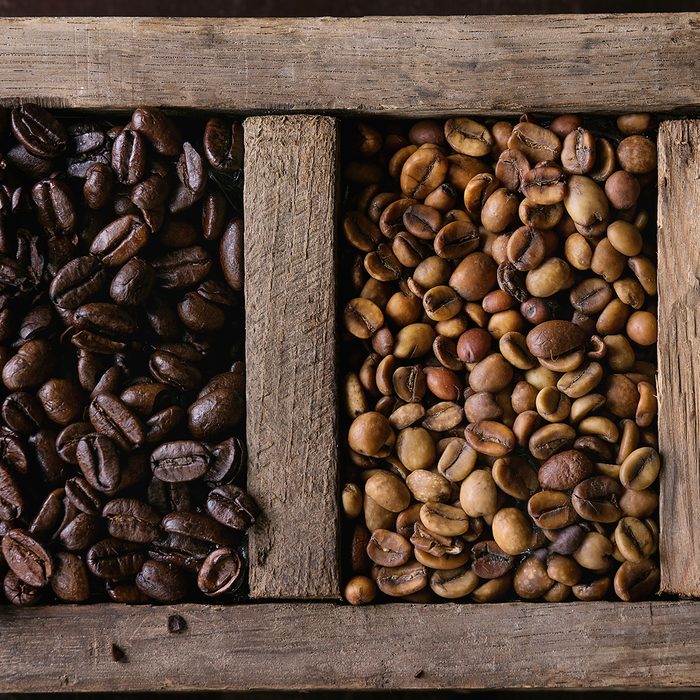
Honduras
Growers in Honduras have worked hard to put their coffee on the map—and it’s now the top coffee producer in Central America! Look for a number of flavors, including chocolate and citrus. Just don’t make these mistakes when brewing coffee.
Notable variety: Honduran Marcala Coffee
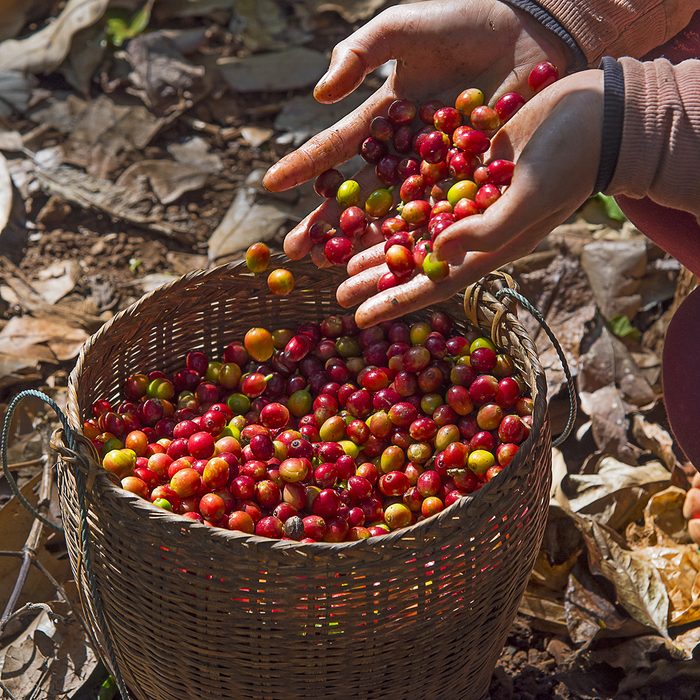
Ethiopia
The birthplace of coffee, Ethiopia is one of the world’s largest coffee producers. You’ll find plenty of Arabica beans with a medium body and tropical flavors. Do you know the birthplace of these other surprising foods?
Notable variety: Ethiopian Yirgacheffe Coffee
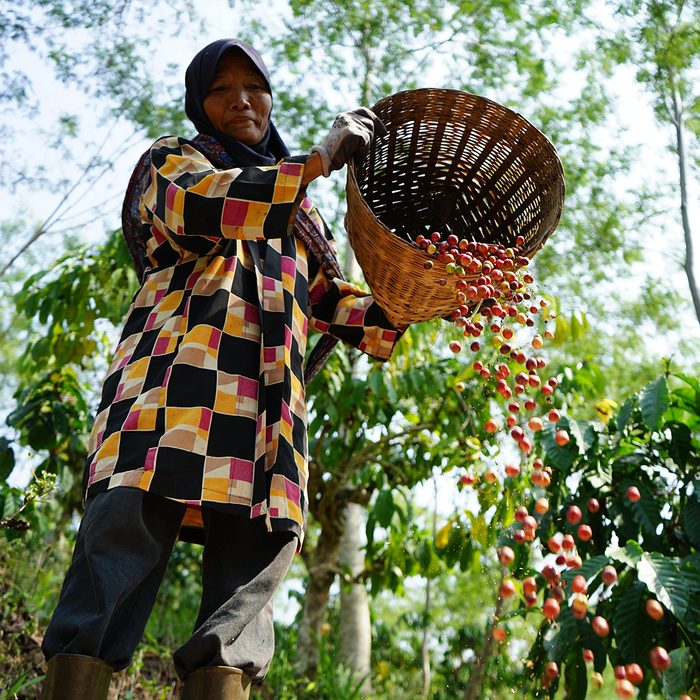
Indonesia
You’ve likely heard of Sumatra. It’s Indonesia’s biggest island and production center for most of the country’s coffee. Pay attention to the bean’s bold, earthy flavors and syrupy body. Sumatra is also famous for its cinnamon—AKA the key to the best treat ever.
Notable variety: Sumatra Dark Roast
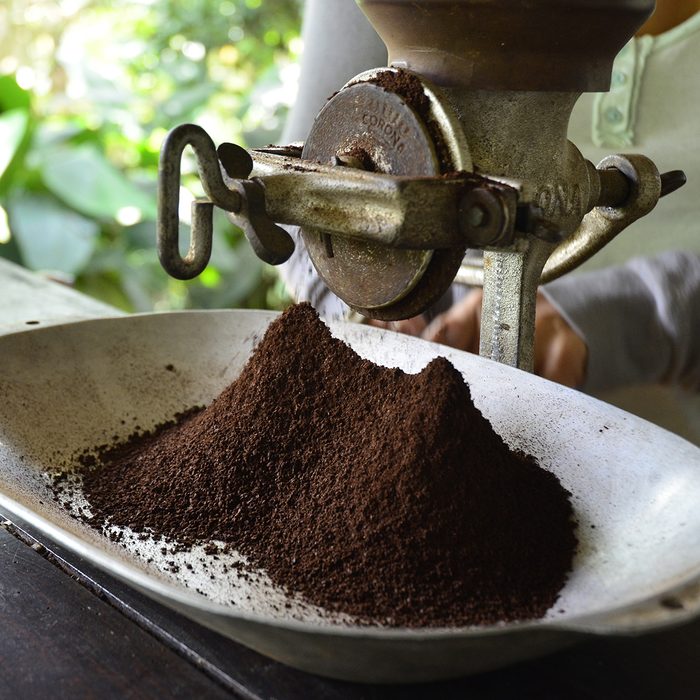
Colombia
If you’re looking for a mild flavor and medium acidity, consider Colombian coffee. This region produces a wide variety of balanced flavors.
Notable variety: Colombia Supremo
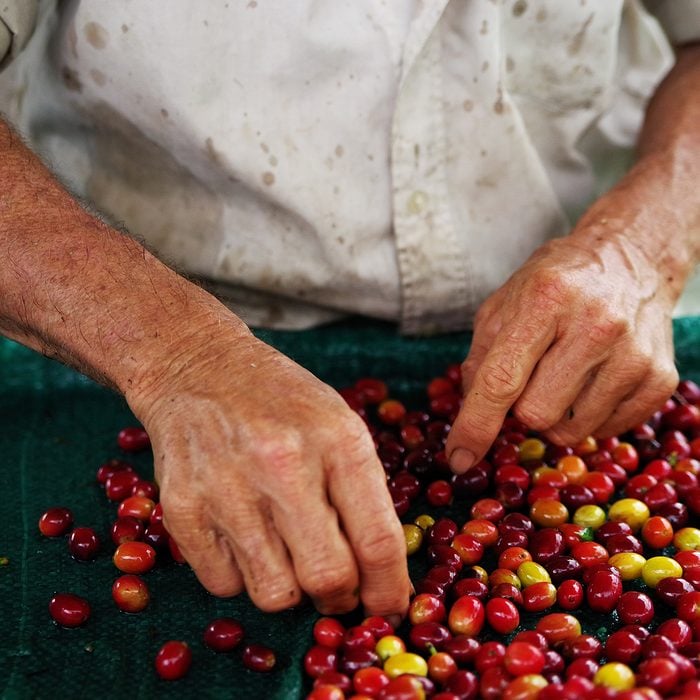
Vietnam
Known for producing Robusta beans, Vietnam’s coffee industry is often overlooked by connoisseurs. However, the country’s Arabica industry is gaining traction and yielding smooth, quality cups.
Notable variety: Saigon Phin Daklak
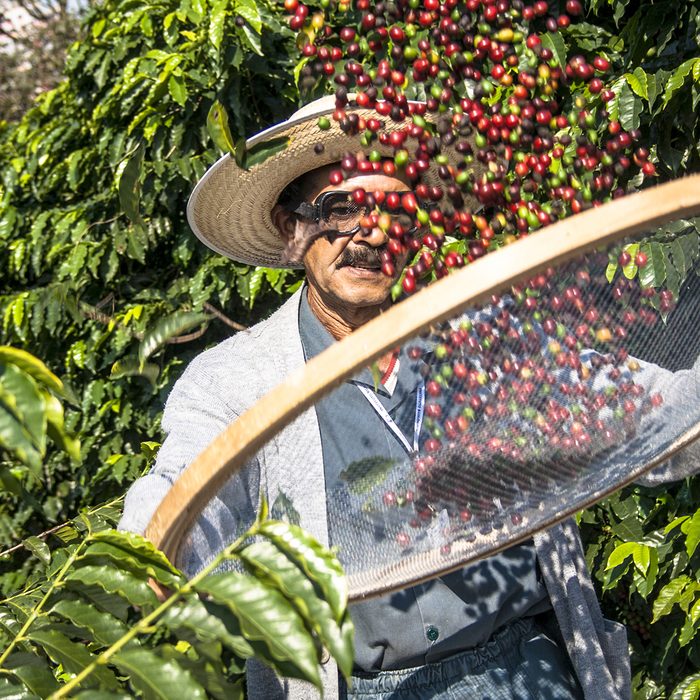
Brazil
Brazil is the world’s largest coffee producer. The country is known for its estate-grown coffee’s mellow flavor and medium acidity. Next, try these authentic recipes from around the world.
Notable variety: Brazilian Santos
Note: Every product is independently selected by our editors. If you buy something through our links, we may earn an affiliate commission.
